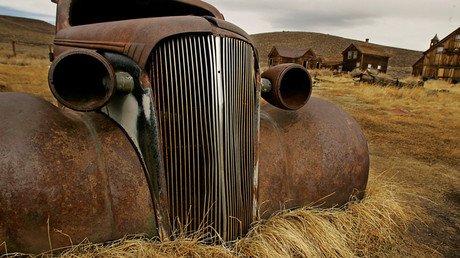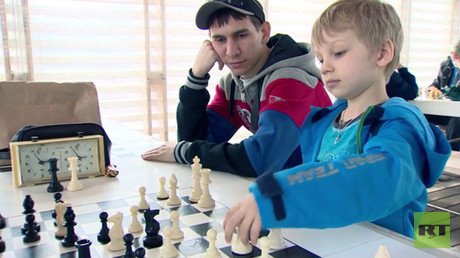Here be monsters: Deep sea Java expedition uncovers bizarre new species (PHOTOS)
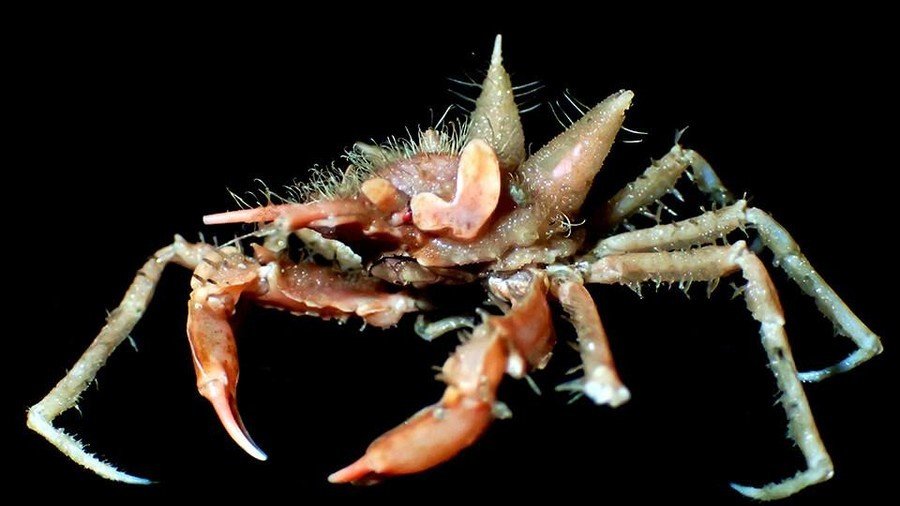
A deep sea expedition to unexplored depths of the Indian Ocean has unveiled a dozen monstrous new species, including a crab with blood-red eyes and a foot long cockroach.
The freakish crustaceans are among 800 species identified during the first such scientific expedition to the southern coast of West Java, Indonesia.
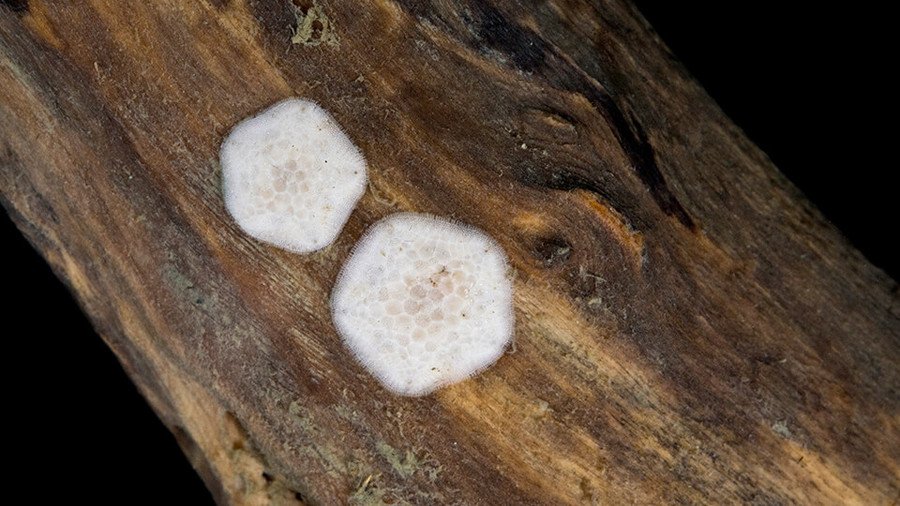
READ MORE: Octo-fuss: Internet goes wild for color-changing hatchling footage (VIDEO)
Three new species of spider crabs were found, including one affectionately called ‘Big Ears’ due to what resembles oversized ears protecting its red eyes.
A “supergiant” cockroach species was also among the discoveries, marking the first time such a creature has been found in Indonesia. Researchers believe the 30 centimeter long cockroach could be an entirely new species, as it appears to be quite different to other described species of its kind.
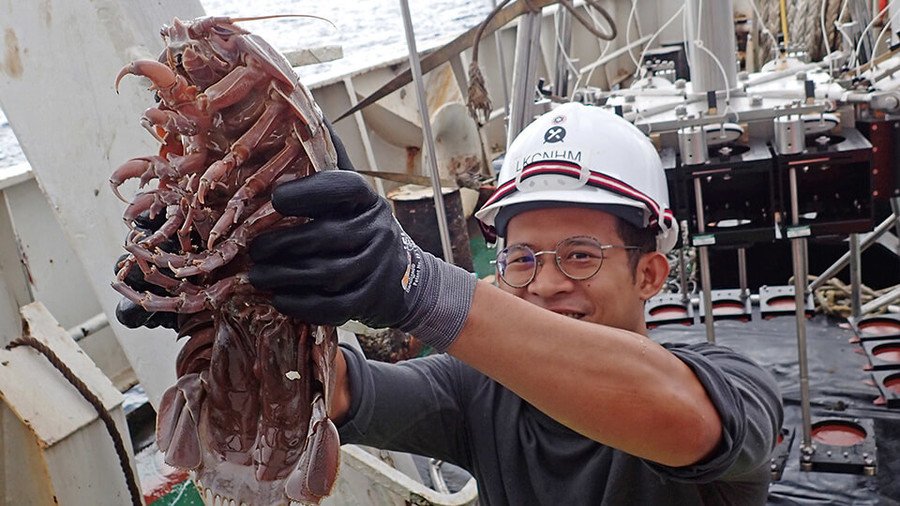
Also discovered in the treasure trove of new creatures were a small wood-dwelling sea star, a species of “shiny-eyed” shrimp and a distinctive orange patterned hermit crab.
Around 12,000 specimens belonging to 800 species were collected during the two-week mission, while over a dozen new breeds of hermit crabs, prawns, lobsters, and crabs were discovered.
The South Java Deep Sea Expedition was carried out by a 31-member team from the National University of Singapore (NUS) and the Indonesian Institute of Sciences. Samples of crustaceans were collected from 63 sites, at depths averaging 800 meters, with the deepest depth sampled at 2,100 meters.
READ MORE: Girl rescued from Canadian harbor after sea lion yanks her underwater (VIDEO)
The expedition was not without challenges, however, as the team had to deal with rough seas and inaccurate maps which led to equipment damage as the depths were not marked correctly.
The team also noted the high level of plastic pollution in the sea, revealing that one of the crabs was in fact found in discarded underwear. The project’s focus now turns to studying the collected samples – a task that could take up to two years.
Think your friends would be interested? Share this story!













